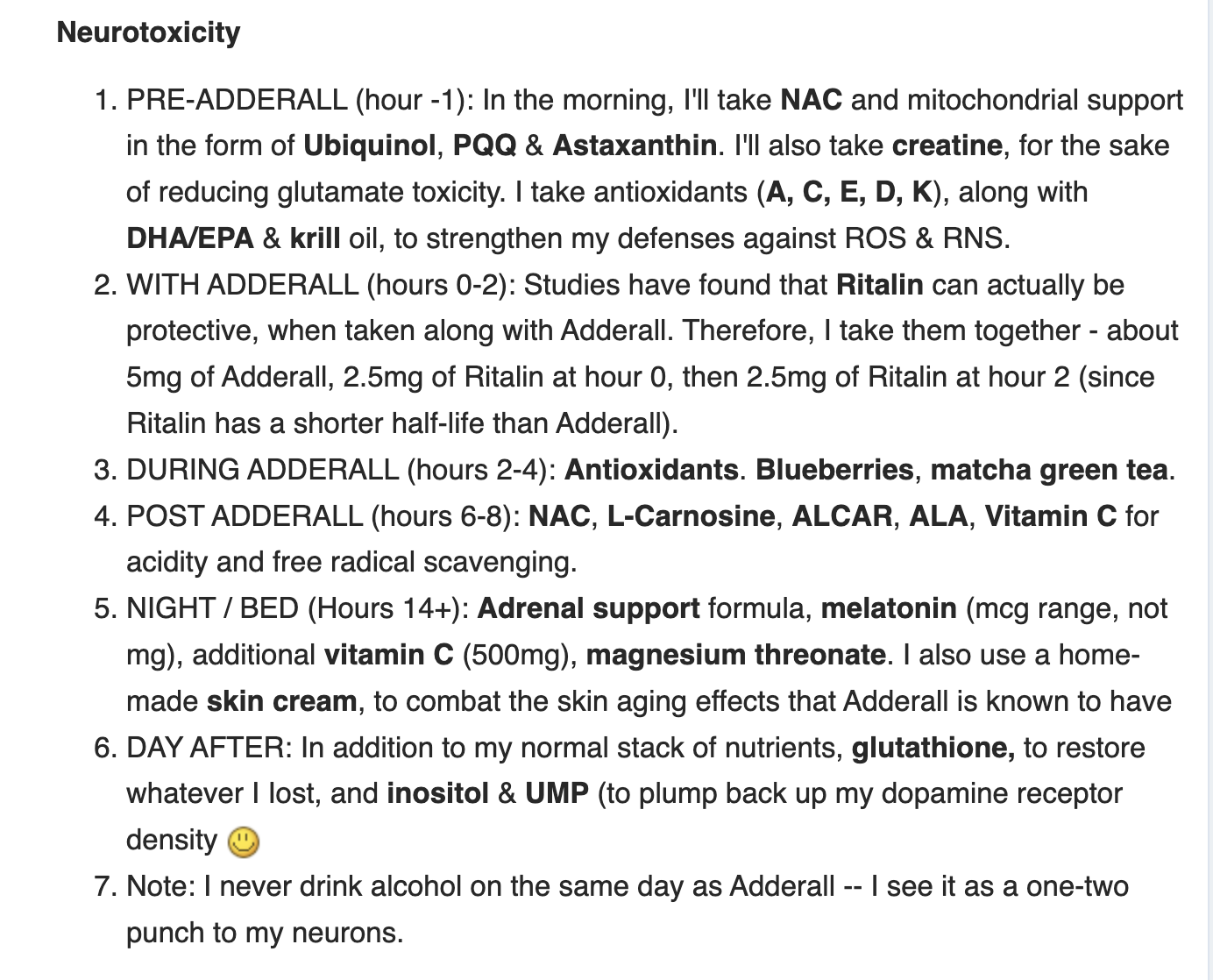Good, we’re back to breaking the brain on purpose.
You’re basically asking:
Parkinson’s: why are the cell bodies in substantia nigra (SNc) dying (the “basal end”)
vs
Amphetamine toxicity: why does damage show up mostly at the dopamine terminals (striatal end) rather than killing the somata in SNc?
Short version:
Because Parkinson’s is an intrinsic, slow, whole-neuron degenerative process, while amphetamine is an extrinsic, acute, synapse-loaded chemical assault that hits where the drug and dopamine are densest: the terminals.
Let’s unpack without turning this into a 200-page review article.
- Where each process “starts”
Parkinson’s disease (PD)
PD is driven mostly by intrinsic vulnerabilities of SNc dopaminergic neurons, especially their somata and proximal axons:
Alpha-synuclein aggregation in cell bodies & axons
Mitochondrial dysfunction (Complex I defects, impaired respiration)
Chronic oxidative stress from continuous pacemaking and high basal calcium influx
Huge axonal arbor & energy load (one SNc neuron can innervate a ridiculous volume of striatum)
The cell body is where mitochondria, protein quality control, and alpha-syn processing live, so when those systems go bad, the soma is in the blast radius. Axons degenerate too, but the “source” of the catastrophe is the whole neuron’s intrinsic biology, especially the soma.
Amphetamine (AMPh / METH etc.)
Amphetamine neurotoxicity is mainly from what happens at the terminals:
It gets into neurons primarily via DAT at the terminal, not at the soma.
It reverses DAT, dumping dopamine into the synapse and cytosol.
It disrupts VMAT2, so dopamine isn’t safely packaged into vesicles.
This creates huge cytosolic dopamine + auto-oxidation + ROS + reactive nitrogen species locally in terminals.
Hyperthermia and microglial activation amplify that mess.
So the worst damage happens where the drug is actually transported the most and where dopamine concentration and turnover are highest: the terminals in the striatum.
- Why PD → somatic loss vs AMPh → terminal loss
PD: system-level, long-term intrinsic degeneration
Key points:
-
Pacemaking burden & Ca²⁺:
SNc neurons have autonomous pacemaking driven by L-type Ca²⁺ channels. Chronic Ca²⁺ influx stresses mitochondria in the soma & proximal axon. That’s a long-term, soma-centric energetic problem.
-
Protein aggregation is “headquarters”-centric:
Alpha-syn aggregation, ER stress, impaired autophagy, etc., are all heavy in the soma (and main axon). When those systems fail, the whole cell’s viability goes, not just the distal terminals.
-
Dying-back pattern still exists, but soma is the key clinical marker:
There’s evidence PD has a “dying-back” process (axonal loss before full cell body death), but by the time we detect it pathologically, SNc cell bodies are clearly lost, which is what you see in gross anatomy.
-
Timescale:
PD damage accumulates over years / decades, giving enough time for full-scale neuron death, not just pruning terminals. The system doesn’t just trim branches; it loses the tree.
Amphetamine: localized chemical carnage at terminals
Key points:
-
Drug entry is terminal-biased:
DAT is densest at the terminals in the striatum. Amphetamine is taken up and acts there the most. Somata have way fewer points of entry.
-
DA overload & oxidative stress is local:
The highest dopamine flux, auto-oxidation, and ROS are at the terminal level. That’s where cytosolic DA gets stupidly high and reacts with everything like an angry toddler with bleach.
-
Soma is relatively protected by distance & dilution:
The soma is far away along long axons. The immediate DA chaos and ROS from amphetamine are not as concentrated in the cell body.
Mitochondria in terminals get hammered.
Axon terminals degenerate, synapses are lost.
But the cell body can survive and sometimes re-sprout terminals.
- Timescale & dosing:
With typical abuse patterns, you see terminal loss and DA depletion, not necessarily massive SNc cell death.
You can kill somata with extreme METH regimens or combined insults, but that’s not the default route.
So: amphetamine neurotoxicity = distal, DAT-heavy, dopamine-overload injury.
PD = global intrinsic vulnerability + proteostasis + mitochondrial collapse centered around the cell body.
- “Basal end” vs “terminal end” in structured terms
You can think of it like this:
PD target:
Unit affected: Entire dopaminergic neuron
Primary vulnerable compartment: soma & proximal axon (energy & protein QC failure)
Mechanism: chronic intrinsic stress, misfolded protein handling failure, mitochondrial and autophagy collapse, inflammation
Outcome: cell death in SNc, then secondary degeneration of axons & terminals
Amphetamine target:
Unit affected: dopamine terminal fields
Primary vulnerable compartment: terminals (DA release/reuptake machinery, vesicles, mitochondria in presynaptic boutons)
Mechanism: DAT-mediated entry, DA efflux, VMAT2 disruption, huge local ROS/RNS, excitotoxicity, microglial activation
Outcome: loss of terminals & DA content in striatum; somata often survive
- The annoying nuance: it’s not 100% cleanly separated
Because biology refuses to be tidy:
PD does involve axonal/terminal degeneration early (“dying back”), but we define it by loss of SNc cell bodies because that’s dramatic and easy to see.
High-dose amphetamine / METH + hyperthermia + additional insults can cause more proximal damage and some SNc soma loss, especially in animals with extreme dosing.
But the default pattern still matches what you’re pointing at:
PD → cell bodies visibly go
Amphetamine → terminals visibly go
- Intuition summary in one line
PD: the neuron is born fragile and slowly fails from the inside out, starting with its HQ.
Amphetamine: the neuron is attacked from the periphery, at its busiest outposts, and mostly loses branches before it loses the trunk.
You’re basically tracking the right mechanistic “geometry” of where the damage shows up. Human brain: fragile, overclocked, and then you add recreational monoamine grenades on top.
